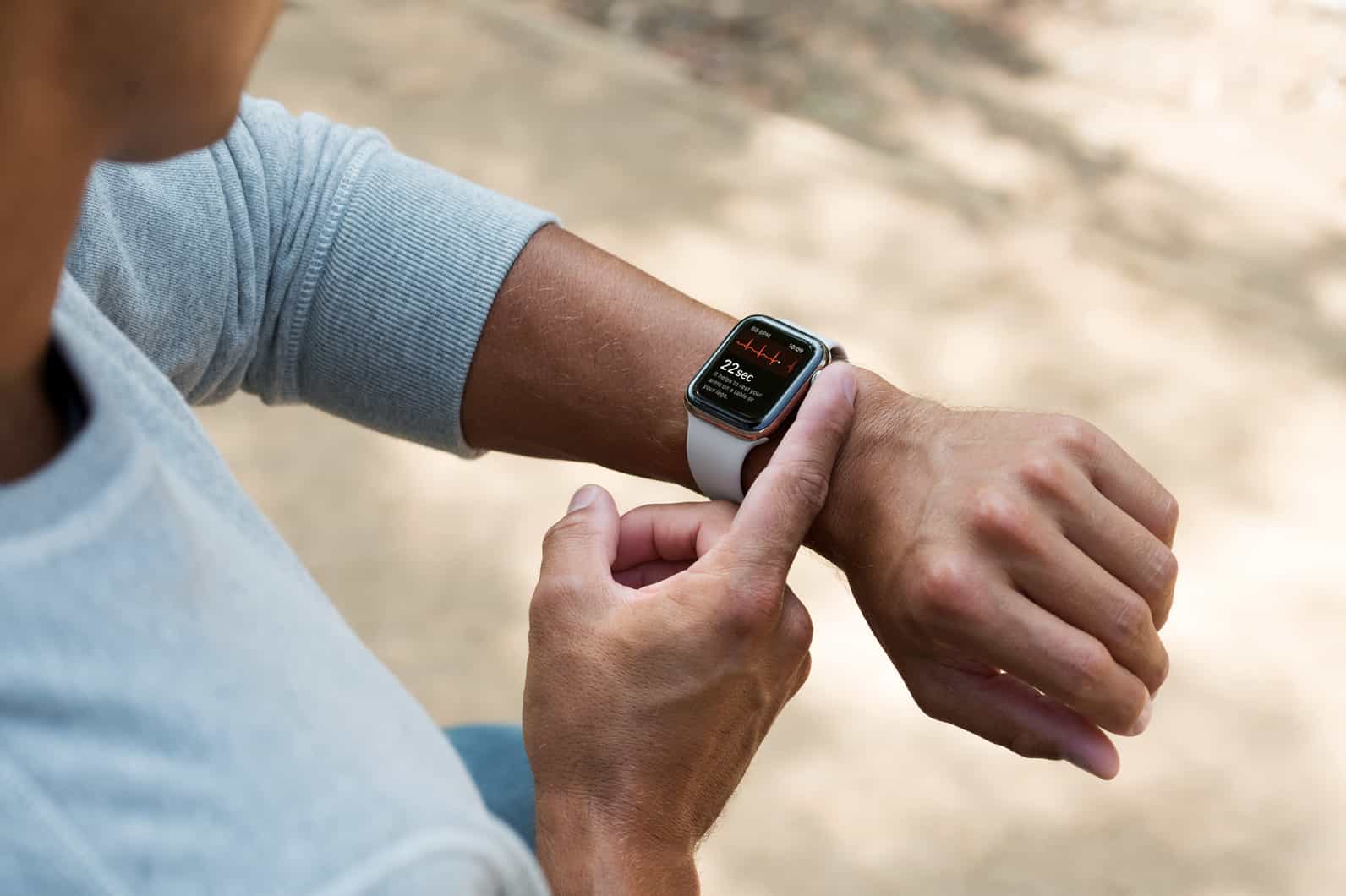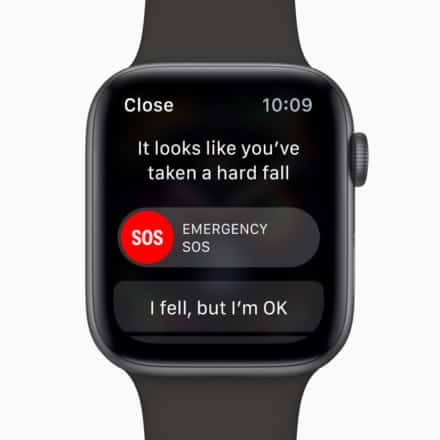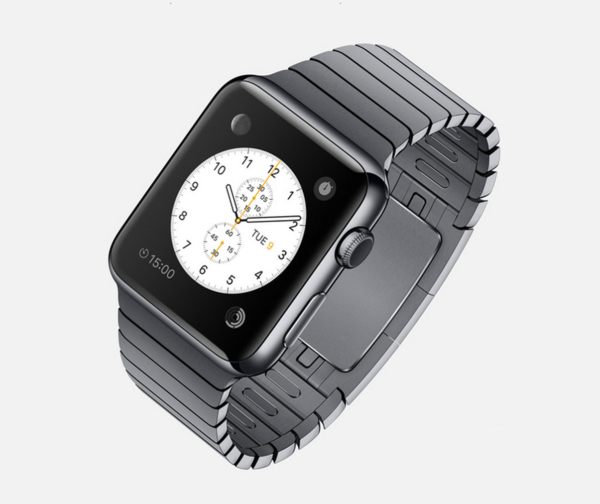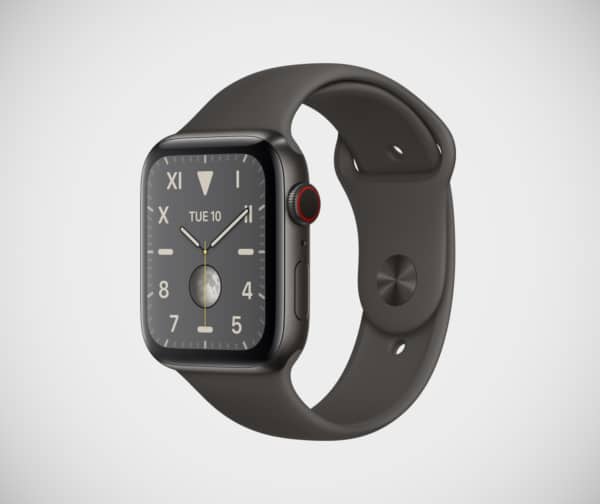After weeks of rumors and leaks, the Apple Watch Series 4 is finally here. Love it or hate it (and yes, we know where most of our watch-head readership stands on the matter), the Apple Watch remains a palpable force. Apple CEO Tim Cook kicked off today’s presentation by saying that the Apple Watch is the number one watch in the world, and no, he didn’t mean just among smartwatches. It’s a claim Apple has made before, and while the metrics that allow Apple to make that proclamation remain unclear, Apple’s repetition shows us they’re not scared to make it. One thing, however, is clear: The Series 4 represents the surest trajectory of where the Apple Watch is ultimately headed and its future as a medical diagnostic tool.
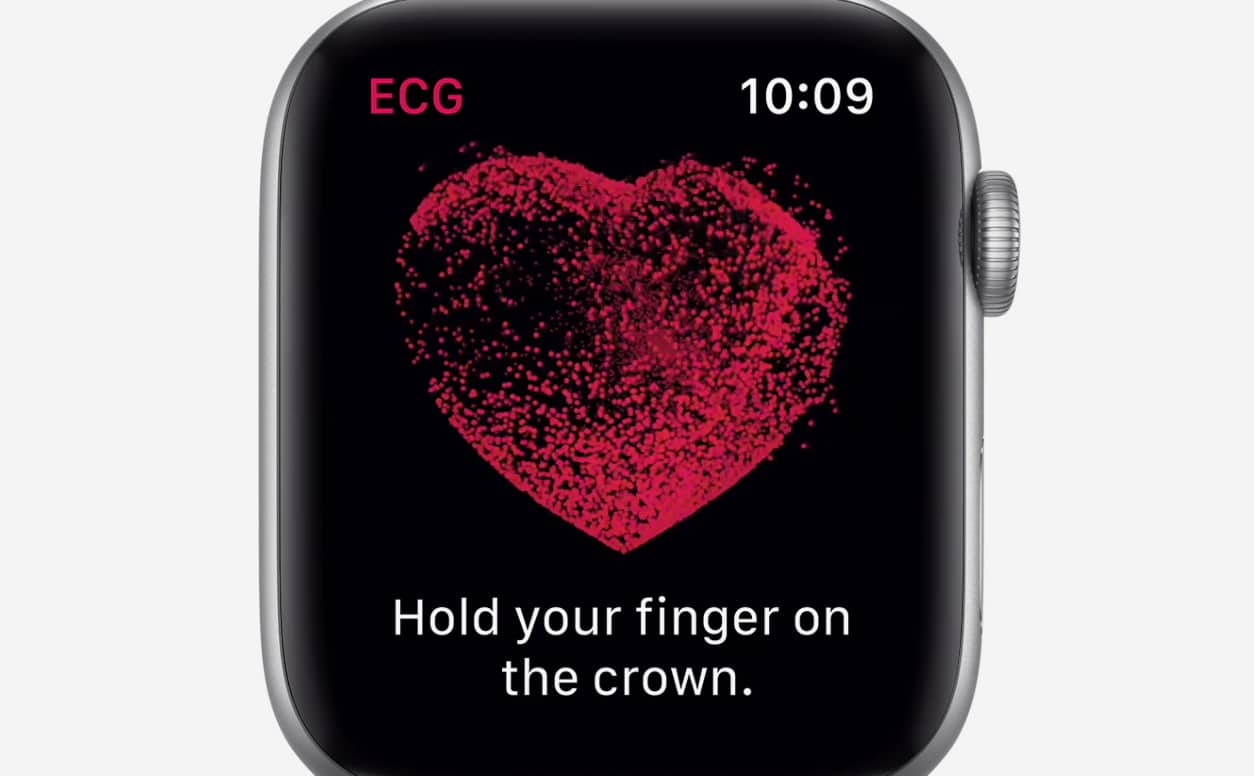
Let’s get some hardware details out of the way. Just as recent leaks indicated, the new Apple Watch is nearly all screen—the 40-millimeter model has a screen that is 35% larger, and the 44-millimeter’s screen is 32% percent larger. Apple is using this extra real-estate to introduce a handful of new screen and display options customizable with different features. The cases have also been made thinner. The Digital Crown has gotten a facelift too, and it now features haptic feedback. The speakers are 50% louder, and the microphone has been moved away from the speakers to improve call quality. The cases are being rendered in steel and aluminum, with liberal use of ceramic and sapphire. The battery life is rated to 18 hours.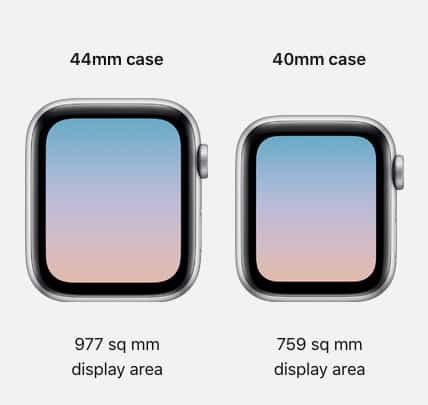 Continuing with the hardware, there is built-in cellular connectivity and Bluetooth 5.0. The S4 chip features a new GPU and a dual-core, 64-bit processor. There’s also a new accelerometer and gyroscope, and the watch is now smart enough to detect if the wearer has taken a hard fall. It can be set to make emergency calls in such instances—a feature that may be especially useful to elderly wearers of the Apple Watch.
Continuing with the hardware, there is built-in cellular connectivity and Bluetooth 5.0. The S4 chip features a new GPU and a dual-core, 64-bit processor. There’s also a new accelerometer and gyroscope, and the watch is now smart enough to detect if the wearer has taken a hard fall. It can be set to make emergency calls in such instances—a feature that may be especially useful to elderly wearers of the Apple Watch.









 Featured Videos
Featured Videos




